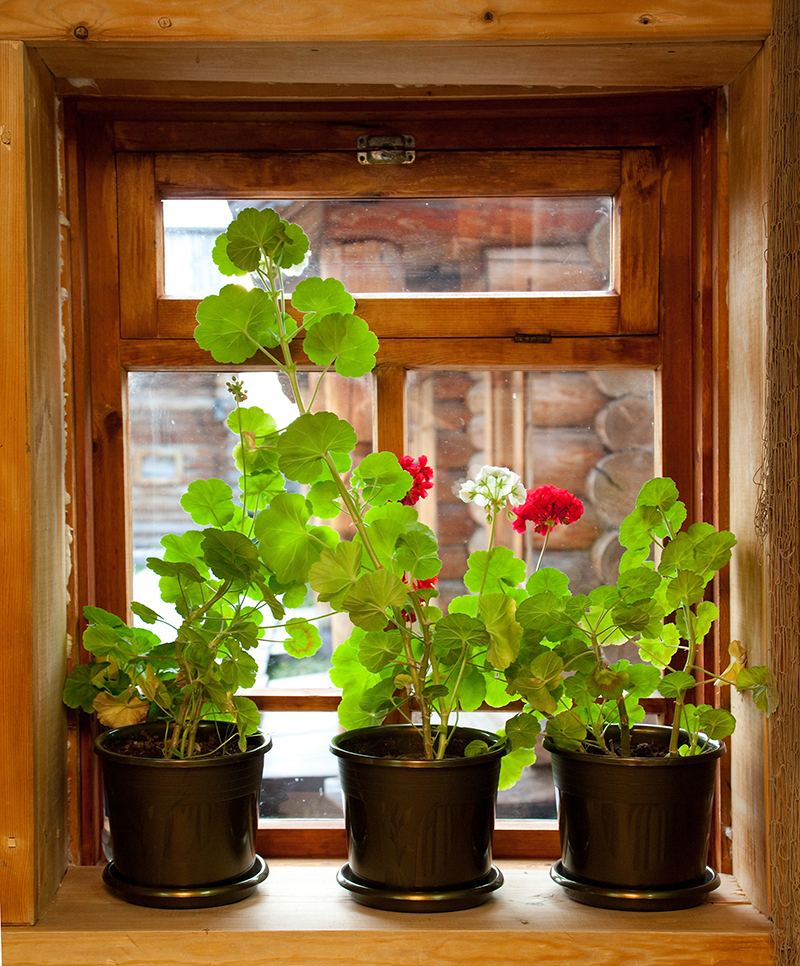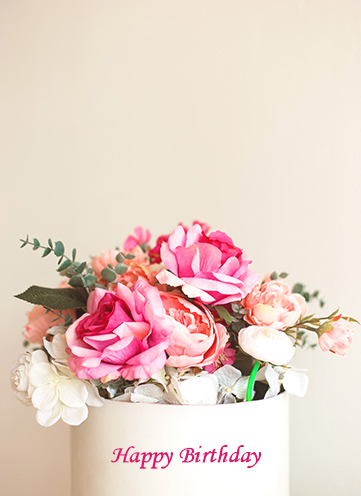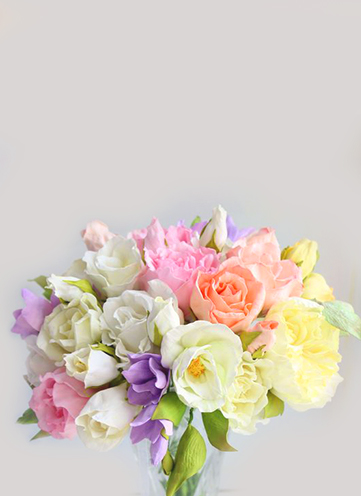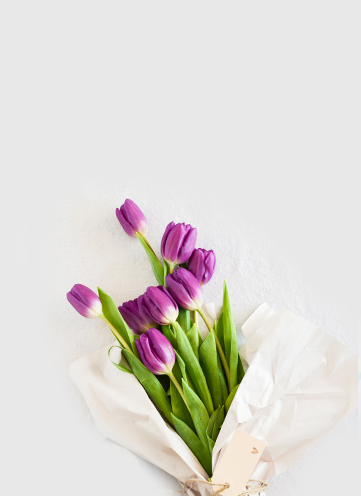Practical Ways to Look After Your Blooms
Posted on 17/08/2025
Practical Ways to Look After Your Blooms: Ultimate Guide to Flower Care
Flowers bring joy, color, and elegance to any space, whether they are decorating your garden, brightening up your home, or gracing special occasions. However, looking after your blooms requires more than just admiration; it demands proper knowledge and practical action. In this comprehensive guide, we unravel essential tips and practical ways to care for your flowers that will ensure they stay vibrant, healthy, and beautiful for as long as possible.
Why Flower Care Matters: The Benefits of Well-Maintained Blooms
Maintaining your flowers isn't just about keeping them visually appealing; it's also about prolonging life, preserving scent, and supporting pollinators. Proper bloom care can:
- Enhance the lifespan of cut flowers and garden plants
- Ensure richer blooms each season
- Prevent diseases and pests that can harm other plants
- Promote a healthier home environment by improving air quality
- Boost your mental wellbeing through the beauty and serenity flowers bring
Ready to learn practical ways to look after your blooms? Let's delve into effective strategies suitable for both garden and indoor settings.

Essential Flower Care Tips: Expert Advice for Healthy Blooms
1. Choosing the Right Location
One of the most practical ways to care for your blooms is to situate them in the ideal environment.
-
Assess Light Requirements:
- Some flowers thrive in full sun (6-8 hours daily), e.g. sunflowers and roses.
- Others prefer partial to full shade, such as impatiens or hydrangeas.
- Consider Air Circulation: Make sure there is enough space between plants to allow air movement, reducing the risk of mold and mildew.
- Monitor Temperature Fluctuations: Indoors, keep flowers away from radiators, air conditioning units, or drafty windows.
2. Watering Wisely: The Key to Lush Blooms
Overwatering and underwatering are among the most common mistakes flower enthusiasts make. Here are some practical watering tips to help your blooms flourish:
- Check Soil Moisture: Stick your finger 1-2 inches into the soil. If it feels dry, it's time to water.
- Water Early in the Day: This reduces evaporation and helps prevent fungal growth.
- Avoid Wetting the Leaves: Target the soil, not the foliage, to prevent diseases.
- Choose the Right Watering Method: Drip irrigation is ideal for gardens, while a watering can with a narrow spout is preferable for pots and indoor flowers.
*Tip:* Each species has unique watering needs. Research your specific flowers for best results.*
3. Feeding and Fertilizing for Healthy Flowers
To support vibrant flowering, understanding when and how to feed your plants is crucial.
-
Use the Right Fertilizer:
- Choose balanced liquid fertilizer for most flowering plants (look for N-P-K ratios tailored to blooms).
- Organic options like compost or fish emulsion can supplement nutrients without harsh chemicals.
- Apply at the Right Time: Fertilize in the early stages of growth and when buds begin to appear, but avoid over-fertilizing which can burn the roots.
- Don't Feed Dormant Plants: Flowers at rest (often autumn and winter) need minimal extra nutrition.
4. Pruning and Deadheading: Encourage Continuous Blooms
Regular maintenance supports fuller and longer-lasting flowers. Pruning and deadheading are two practical steps for flower care.
- Deadheading: Remove wilted or dead flowers to encourage new blooms and prevent the plant from wasting energy on seed production.
- Pruning: Trim back straggly stems or damaged leaves to tidy the plant and improve overall health.
- Know Your Blooms: Some varieties, like tulips, should not be deadheaded, while others thrive with regular attention.
5. Protecting Blooms from Pests and Diseases
Healthy flowers are less susceptible to pests and diseases, but vigilance is always required.
- Inspect Regularly: Look for signs of aphids, spider mites, or fungal spots on leaves.
- Natural Remedies: Use neem oil, insecticidal soap, or encourage natural predators like ladybugs.
- Maintain Cleanliness: Keep pots, tools, and the area around your blooms tidy to reduce disease risk.
- Remove Infected Plants: Don't risk spreading disease--dispose of or isolate any severely affected plants.
Specific Care for Different Types of Blooms
Garden Blooms Care
Garden flowers often face environmental challenges but are also more robust. Here's how to look after your outdoor blooms:
- Mulching: Lay 2-3 inches of organic mulch around the base of your plants. This helps retain moisture, suppress weeds, and regulate soil temperature.
- Seasonal Support: Use stakes or cages for tall, top-heavy flowers (like dahlias or gladiolus) to prevent them from bending or breaking.
- Rotate Planting: Rotate crop types annually to reduce soil-borne diseases and nutrient depletion.
- Monitor for Extreme Weather: Protect delicate blooms from frost with covers or bring potted plants indoors during cold snaps.
Indoor Flower Care
Caring for household blooms presents unique challenges and opportunities:
- Choose the Right Vase: For cut flowers, always use a freshly cleaned vase to prevent bacterial growth.
- Change Water Often: Replace vase water every 2-3 days and trim stems at an angle each time for better water uptake.
- Humidity Matters: Most indoor flowers prefer moderate humidity. If your air is very dry, consider misting the petals or placing a tray of water near the blooms.
- Watch for Wilting: Indoor heating can cause moisture loss. Check soil and water as needed, but avoid soggy conditions.
Seasonal Flower Care: Looking After Blooms Throughout the Year
Spring
- Feed and Prepare: Apply fertilizer as new growth appears. Begin mulching to lock in moisture and stabilize temperature.
- Divide Perennials: Spring is ideal for dividing overcrowded plants, ensuring stronger blooms.
Summer
- Water Responsibly: Water deeply and less frequently to promote strong root systems.
- Vigilant Deadheading: Remove fading flowers promptly for more blooms.
Autumn
- Reduce Feeding: As growth slows, cut back on fertilizer to prepare blooms for dormancy.
- Protect Roots: Add an extra mulch layer to shield roots from dropping temperatures.
Winter
- Check for Frost: Use covers for vulnerable outdoor blooms. Bring pots indoors if possible.
- Restrict Watering: Most flowers go dormant; water sparingly to avoid root rot.
Additional Practical Advice for Lasting Blooms
Proper Harvesting Techniques
If you enjoy cut flowers at home, follow these tips for harvesting healthy blooms:
- Cut Early: Morning is best when stems are full of water.
- Use Sharp Tools: Always use clean, sharp scissors or pruning shears.
- Trim at an Angle: This improves water uptake and lengthens life.
Flower Arrangement and Placement
Displaying your blooms can impact their longevity:
- Avoid Direct Sunlight: Place arrangements in indirect light to prevent wilting.
- Keep Away from Fruit: Ripening fruit releases ethylene gas that shortens the life of cut flowers.
DIY Nutrient Solutions for Cut Flowers
If you're out of commercial flower food, try these home remedies to extend the life of your blooms:
- Sugar and Vinegar: Add one teaspoon of sugar and two teaspoons of white vinegar to each quart of water.
- Aspirin: Crushed aspirin can help keep water fresh and stems clear of clogs.
- Lemon-Lime Soda: A splash (not diet type) can provide sugar and help flowers thrive.
Common Mistakes to Avoid When Caring for Blooms
While the practical ways to look after your blooms are straightforward, beware of common missteps:
- Neglecting Regular Maintenance: Skipping deadheading or forgetting to water can reduce flowering.
- Using Cold Water: Warm or room-temperature water is better for cut flowers; cold water can shock delicate stems.
- Overcrowding Plants: Dense gardens or bouquets limit airflow and encourage disease.
- Ignoring Plant Instructions: Always research your specific variety for best care practices.

Frequently Asked Questions on Flower Care
How often should I water my flowers?
It depends on the species, soil, climate, and growth stage. A general rule for garden blooms is when the first 1-2 inches of soil are dry. For indoor bouquets, change water every 2-3 days.
What should I do if my blooms start to droop?
Check soil moisture, trim stems, and refresh the water. For garden plants, shade them temporarily during heatwaves and ensure roots are not waterlogged.
Why do my cut flowers die so quickly?
Old or unclean vases, infrequent water changes, or cutting stems bluntly instead of at an angle can cause premature wilting.
Conclusion: Cultivate Lasting Beauty with Smart Flower Care
Looking after your blooms doesn't have to be a complex chore. By understanding their needs and applying these practical flower care tips, you ensure your blossoms remain fresh, vivid, and healthy for longer. Whether adorning your home or flourishing in the garden, healthy blooms reward your efforts with beauty and tranquility.
If you're ready to enjoy lush and thriving flowers, start utilizing these practical ways to look after your blooms today. Happy gardening!
Latest Posts
Neighbourhood Spotlight: Best Florists Near [POSTCODE/NEIGHBOURHOOD]
Corporate Flowers for Offices in [BOROUGH/NEIGHBOURHOOD]: Our Recent Projects
Say Goodbye to Orchid Woes with Expert Care Tips





